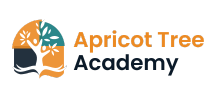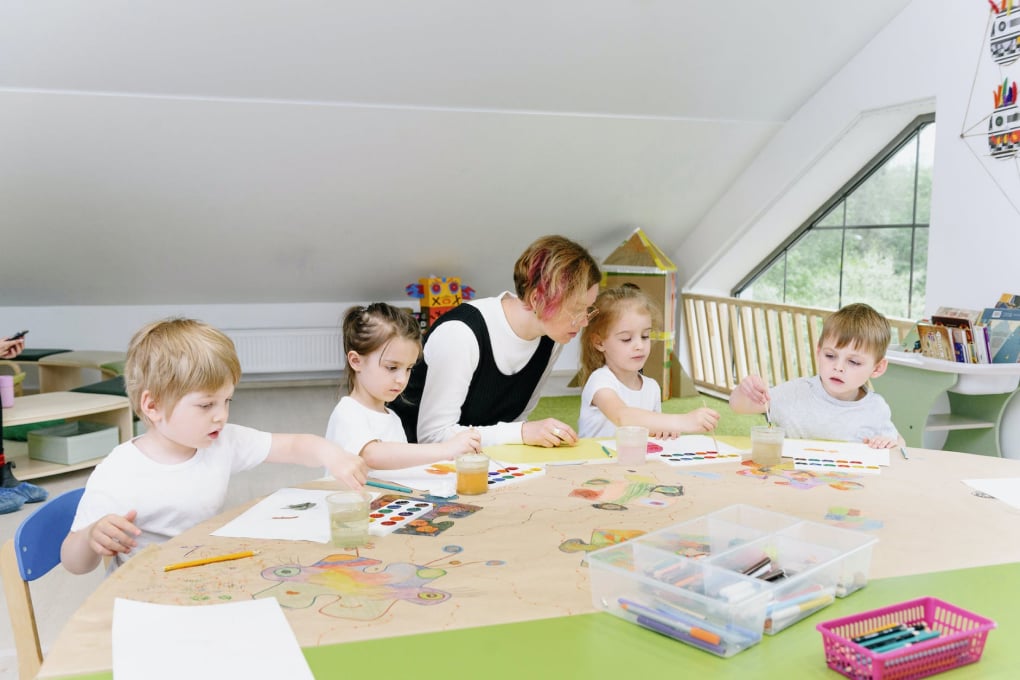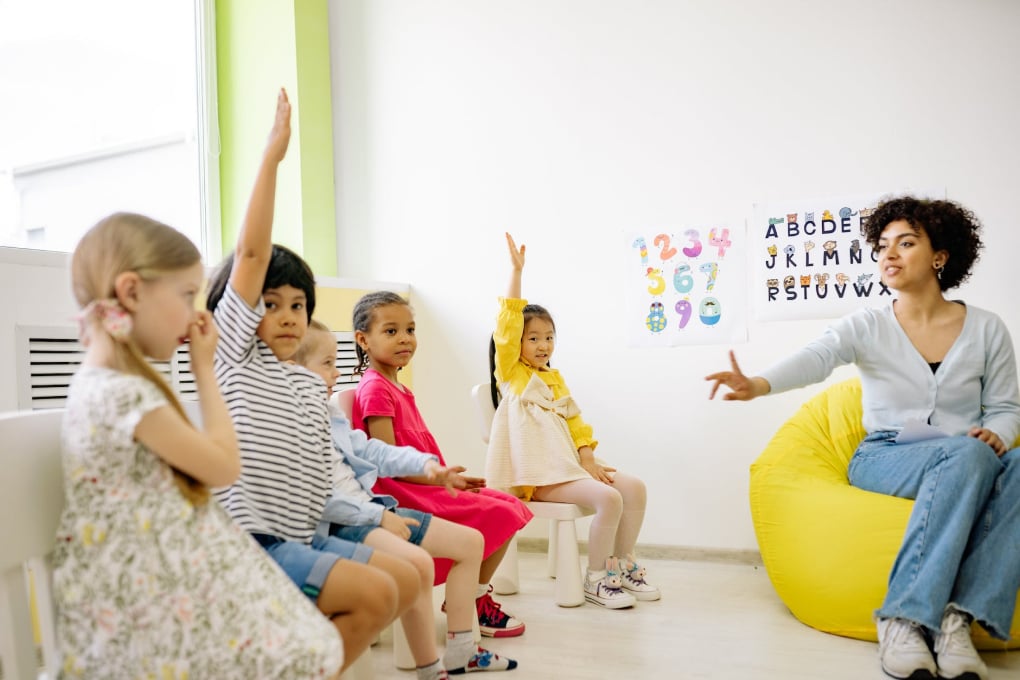Empowering Learners with Dyslexia & Others Who Struggle with Reading
We are passionate about creating curriculum and tools to help struggling readers. We began by creating the Intervention Branch using evidence-based explicit reading instruction and multisensory activities. Our vision is to create classes and instructional materials to empower all learners and share the joy of learning!
What Make Us Special?
We Create Curriculum using the Orton-Gillingham Method and other Science of Reading based approaches that can be used at home or in tutoring sessions. These Multi-Sensory Activities are engaging for learners and easy for parents to teach.
Orton-Gillingham is an instructional approach and a structured, multisensory approach to teaching reading, writing, and spelling. It was developed in the early 20th century by Samuel Torrey Orton and Anna Gillingham, primarily for individuals with dyslexia.
The Orton-Gillingham approach recognizes that individuals with dyslexia have difficulty with phonological awareness, phonics, fluency, vocabulary, and comprehension. The approach is structured and systematic, aiming to teach these skills explicitly and in a cumulative manner.
Read more The Science of Reading emphasizes the importance of evidence-based practices in reading instruction. It highlights the need for explicit, systematic, and structured teaching approaches that address the foundational skills necessary for reading success.
The research in the Science of Reading has had a significant impact on educational policies, curriculum development, and teacher training. It has influenced the design of reading programs and instructional materials, emphasizing the integration of the key components of reading instruction to support all learners, including those with reading difficulties or dyslexia.
Read more Multisensory activities involve engaging multiple senses (such as sight, hearing, touch, and movement) simultaneously to enhance learning and memory retention. By incorporating different sensory modalities, these activities provide a more comprehensive and immersive learning experience.
The goal of multisensory activities is to engage learners in a holistic way, activating multiple pathways in the brain and reinforcing learning through different sensory channels. By incorporating various senses, these activities can benefit learners with diverse learning styles and enhance their understanding and retention of information.
Read more My experiences have taught me that dyslexic children are brilliant. Their brains may work differently than many others, but they are amazingly gifted.
Sandra Dallon, Co-Founder
Meet Our Team
Serving our learners and their families.





